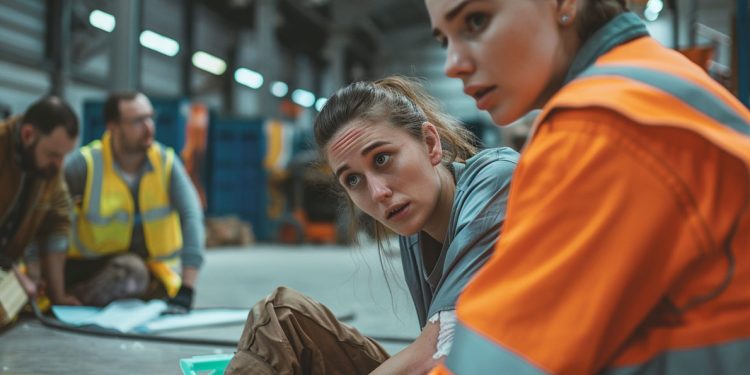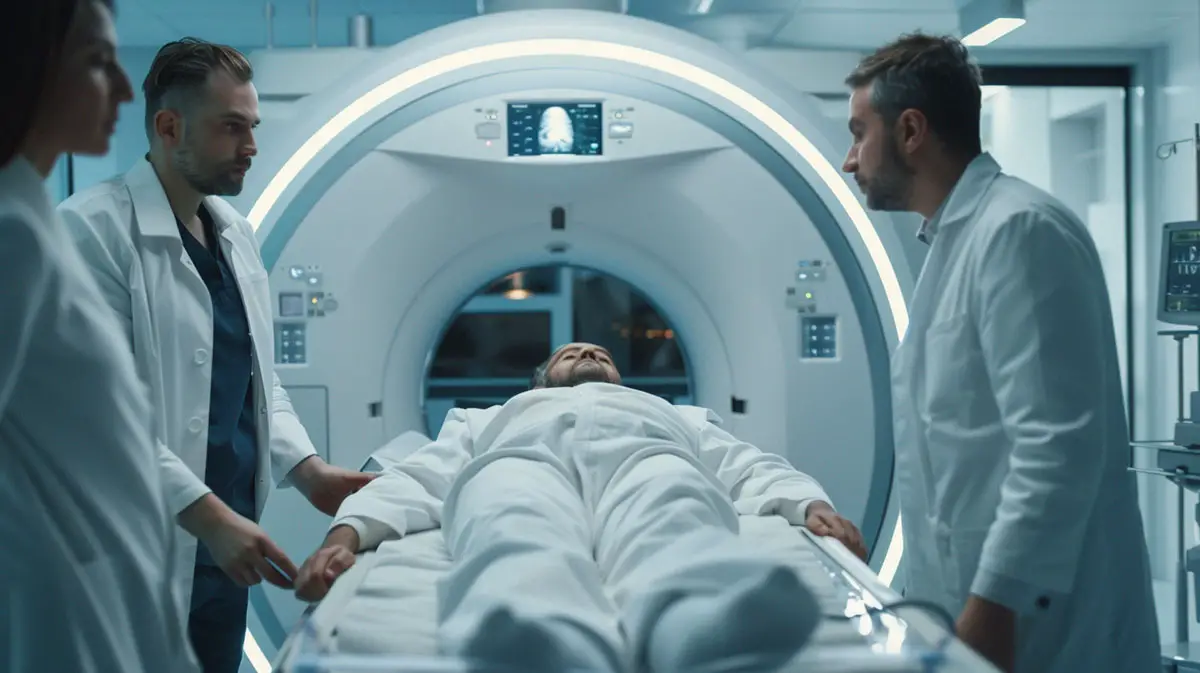How to Document Your Injuries for a Stronger Personal Injury Claim

The chaos and confusion after any injury make it hard to think about legal claims. Yet, if you eventually decide to claim compensation, the steps you take immediately can significantly impact the strength of a personal injury claim. Documenting your injuries is not just about keeping records; it’s about telling the story of your injury and its impact on your life. What are the crucial phases of documenting injuries for a strong claim?
Immediate Steps After an Injury
The moments following an injury are pivotal. Your priority should always be your well-being. Simultaneously, promptly seeking medical attention is essential in documenting the incident.
Also, take notes on what happened before, during, and after the accident, including any conversations with witnesses. This immediate documentation forms the foundation of your claim, capturing details that might later fade from memory.
However, if you’re considering claiming compensation, it’s wise to consult with personal injury lawyers. A personal injury lawyer (адвокат англия) may provide more valuable insights regarding collecting evidence and other crucial steps.
Gathering Comprehensive Medical Records
When it comes to securing a detailed compilation of all medical documentation, think of every procedure and medication. Depending on the injury, ensure your records include such procedures and purchases as:
● Emergency room reports detailing initial injuries
● Prescriptions for any medications provided
● Results from diagnostic tests (X-rays, MRIs, etc.)
● Records of follow-up visits with specialists
These documents offer a chronological timeline of your medical care, showcasing the direct consequences of your injury and your pathway to recovery.
They serve as undeniable proof of the extent and seriousness of your injuries, thereby solidifying your case. By the way, remember that all related travel expenses also count.
Utilising Visual Evidence to Strengthen Your Case
It’s one thing to hear the story and quite another to see it. Therefore, visual evidence can powerfully corroborate your narrative. If possible, you should capture photos and videos of your injuries and the accident scene.
This type of evidence can vividly depict the severity of your injuries and the circumstances leading to them. It’s convenient if all visuals are organised and easily accessible.
In crafting a personal injury claim for fair compensation, the devil truly is in the details. Beyond the immediate and practical steps of documentation, there’s a broader narrative at play. It’s not just about proving a point; it’s about articulating the profound impact an injury has had on your life.










